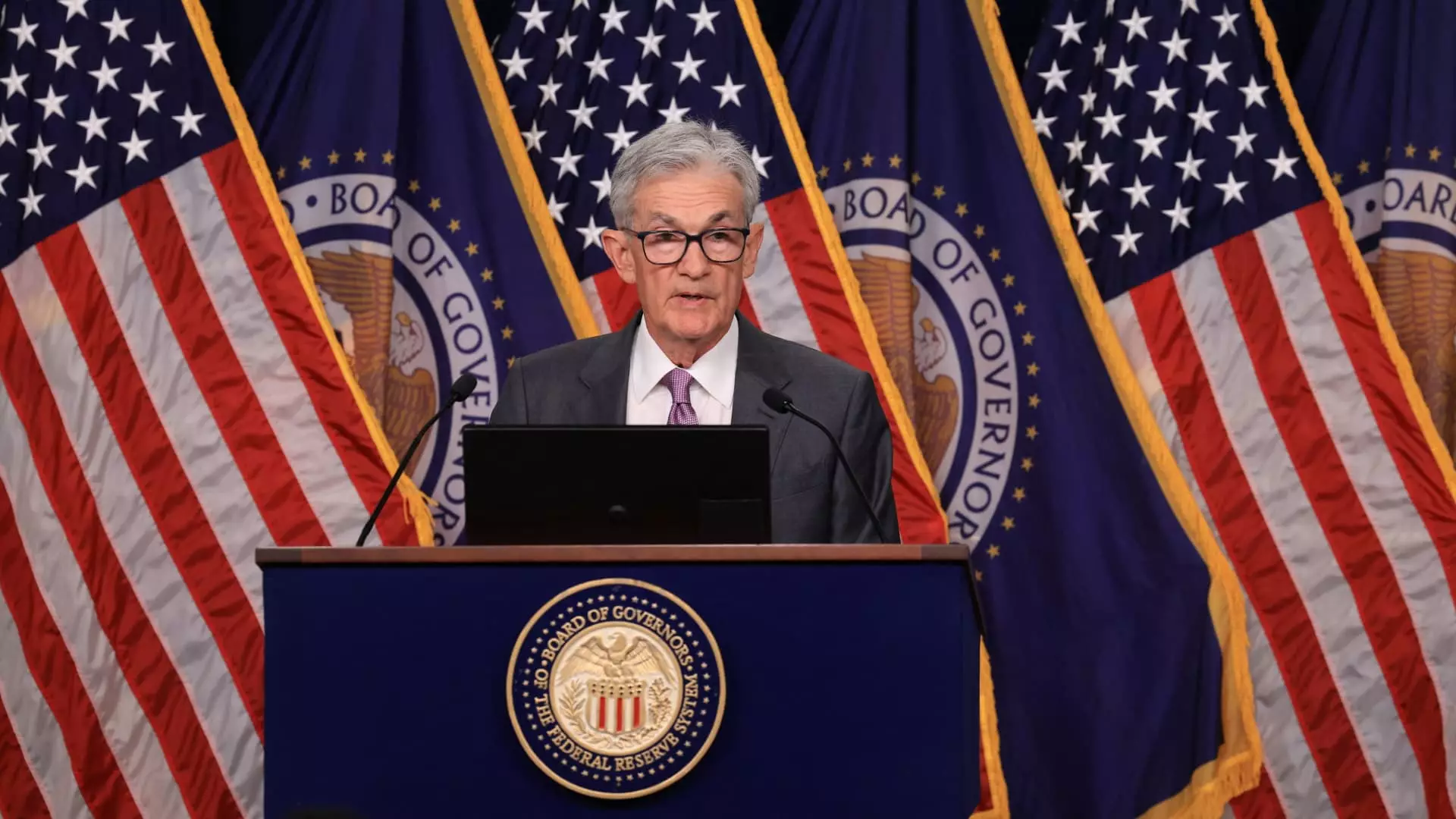As the economy continues to navigate post-pandemic complexities, the Federal Reserve has recently signaled its intention to lower interest rates in the near future. The outlook, presented in the Fed’s latest dot plot, reveals the expectations of Federal Open Market Committee (FOMC) members regarding the federal funds rate. With two meetings left before the end of 2024, the Fed anticipates a gradual decline in rates, suggesting a strategic approach to managing inflation and unemployment while fostering economic growth.
Interest Rate Projections and Policy Meetings
The upcoming policy meetings, slated for November and December, present critical opportunities for the Fed to implement its strategy. Currently, the benchmark interest rate is projected to be at 4.4% by year-end, aligning with a target range of 4.25% to 4.5%. This projection illustrates the Fed’s commitment to creating a balanced economic environment, particularly in light of evolving inflation metrics. Analysts must assess how these movements will affect consumer spending, borrowing costs, and overall economic confidence.
Moreover, the Fed’s forecast extends into 2025 and 2026, where it anticipates interest rates to further decline to 3.4% and 2.9%, respectively. This extended timeline reflects a cautious yet confident optimism about achieving stable economic conditions. Chairman Jerome Powell emphasized that this evolution is a gradual process rather than an immediate overhaul, assuring markets that the Fed is taking a steady path to economic revitalization.
A key aspect of the Fed’s recent statement pertains to its assessment of inflation and employment. The central bank has expressed increased confidence that inflation trends are stabilizing towards the 2% target. However, the FOMC has revised its unemployment projections upward to 4.4%, indicating that while inflation may be settling, labor market dynamics remain challenging. This juxtaposition of rising unemployment alongside diminishing inflation suggests intricate economic interdependencies that the Fed must carefully monitor.
The recent adjustments to the Fed’s inflation outlook, including a reduction from 2.6% to 2.3% for the upcoming year, alongside a downward revision in core inflation, signifies a nuanced strategy. Policymakers are balancing short-term economic realities with longer-term objectives, indicating that the path to achieving the dual mandate of stable prices and maximum employment is fraught with complexities.
The Federal Reserve’s potential interest rate cuts represent a thoughtful approach to navigating ongoing economic uncertainties. With projections pointing towards a sustained decline in rates, the Fed is positioning itself to encourage spending and investment, while also maintaining a vigilant eye on inflation and employment. As these discussions unfold in upcoming meetings, it will be crucial for economic observers to analyze the interplay between these factors and their implications for broader economic health. The Fed’s delicate balancing act highlights the challenges of managing an evolving economic landscape in uncertain times.


Leave a Reply